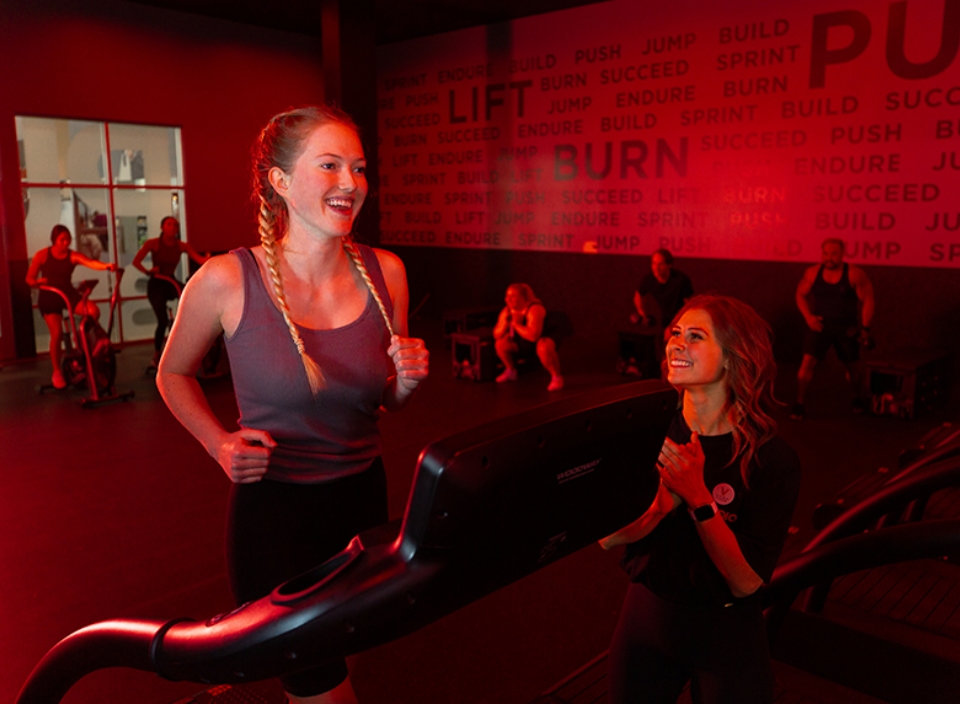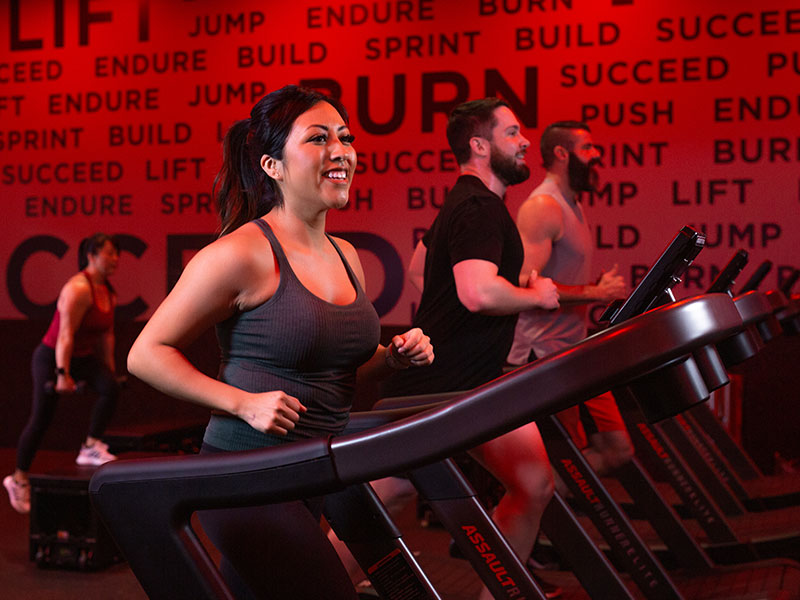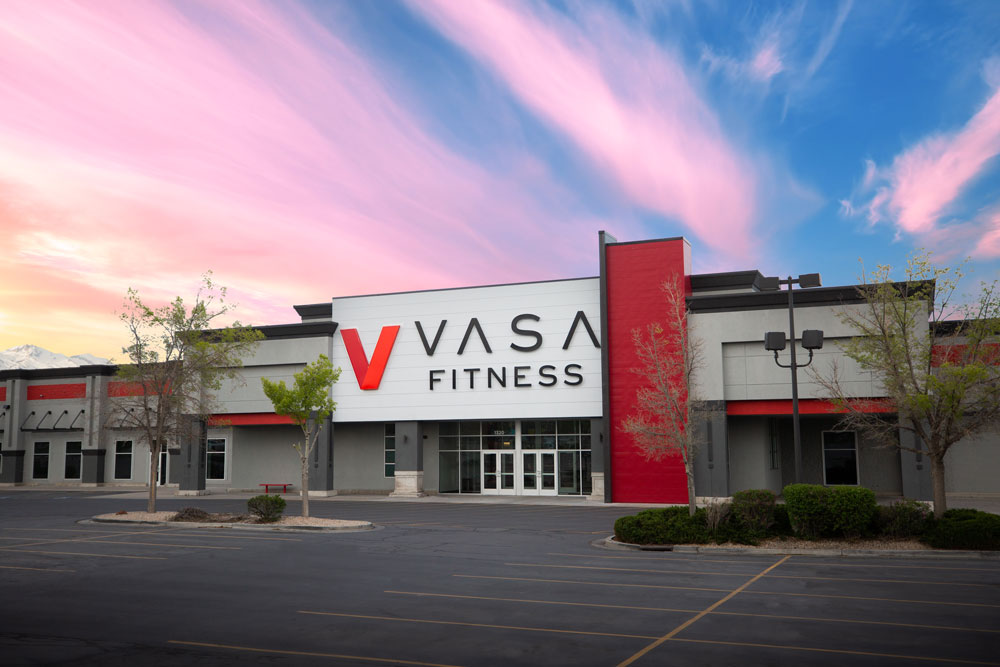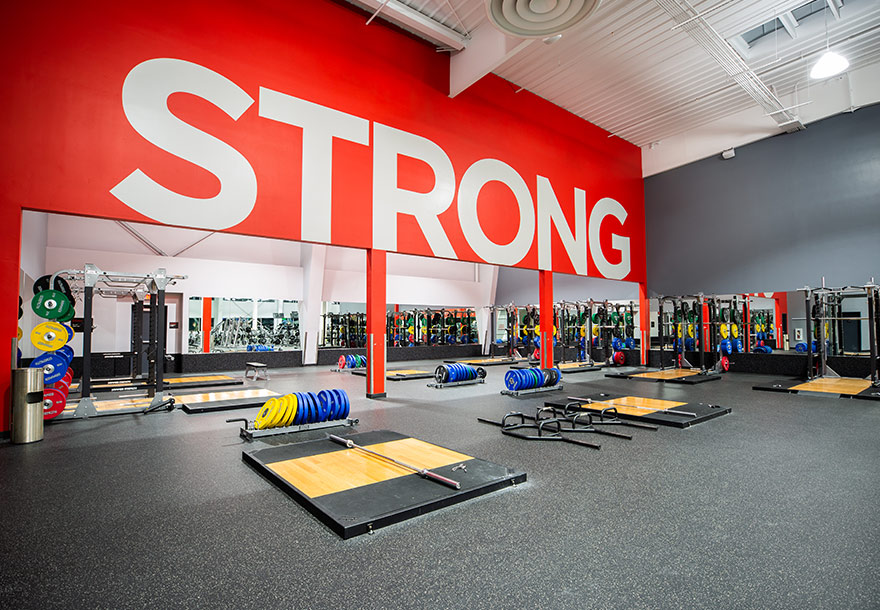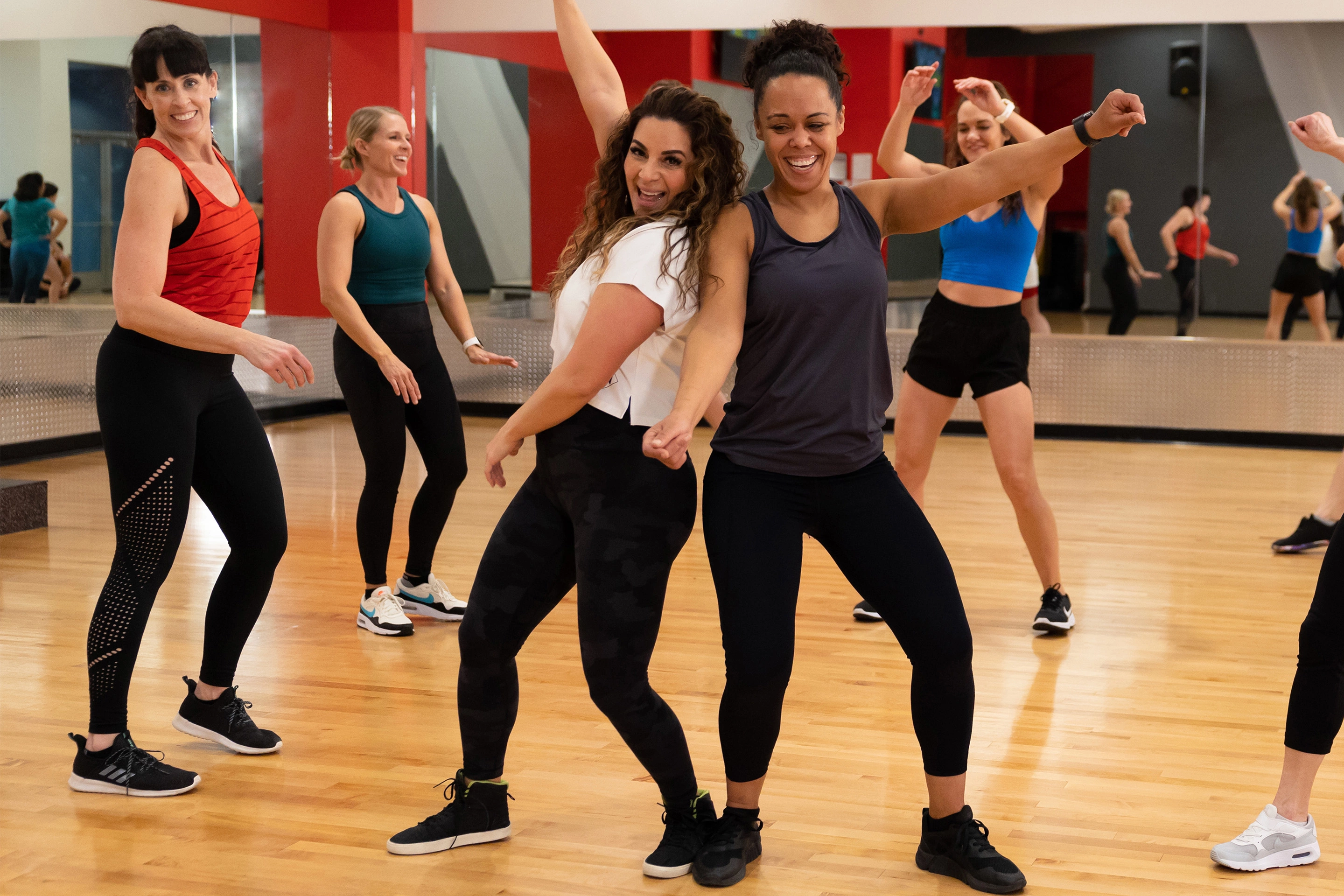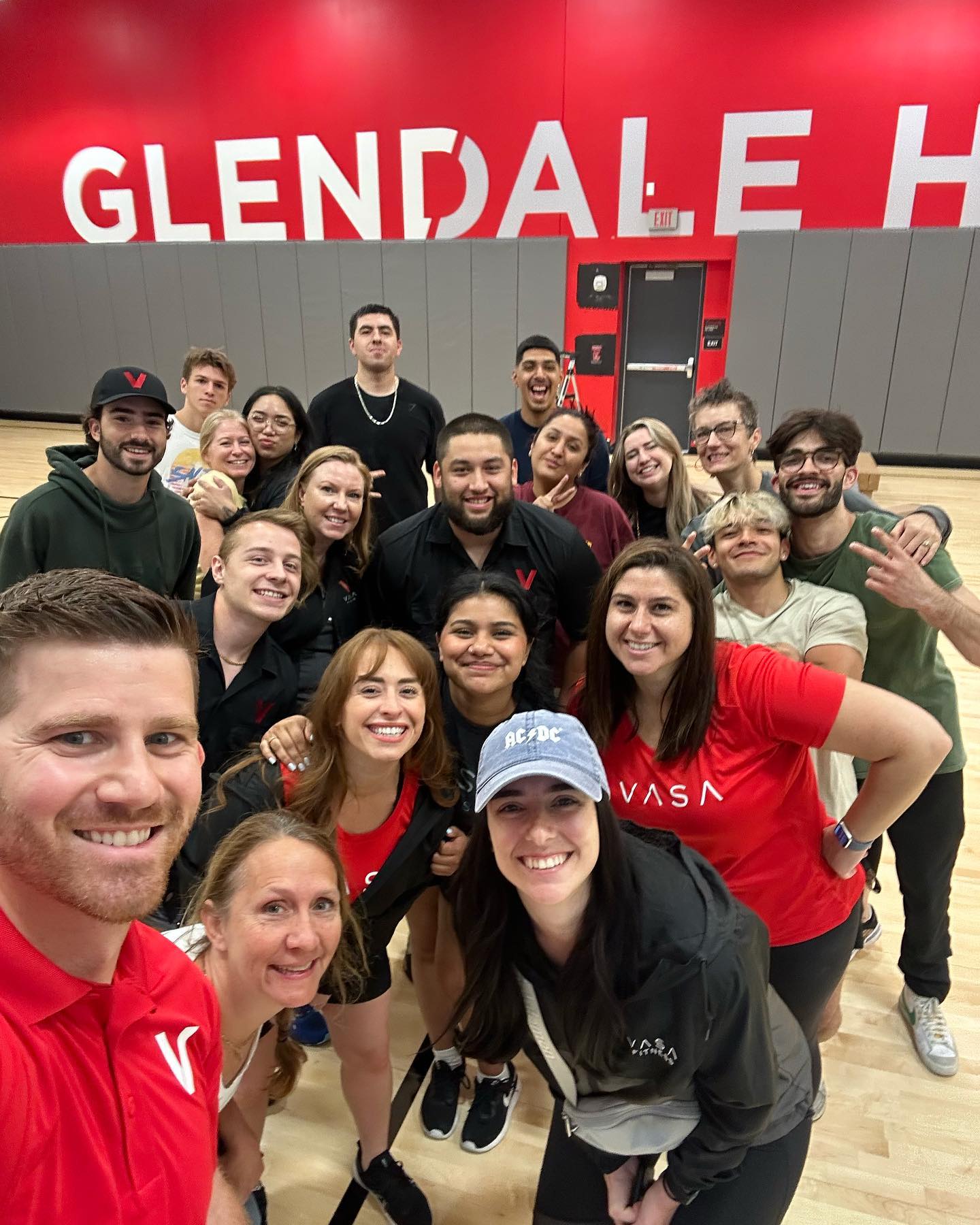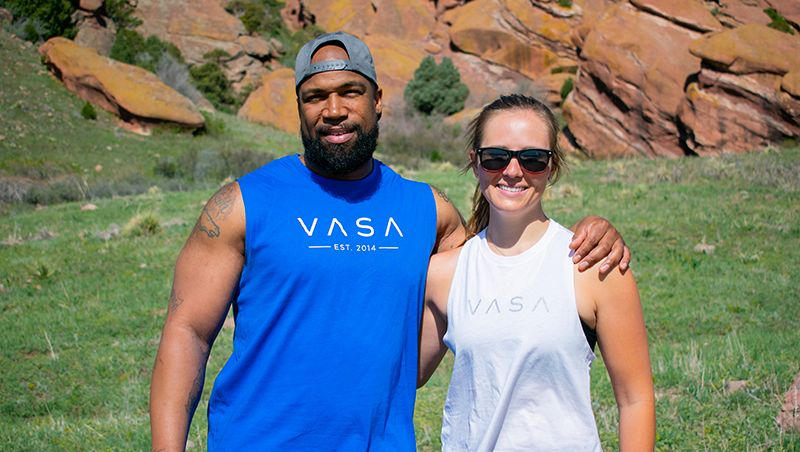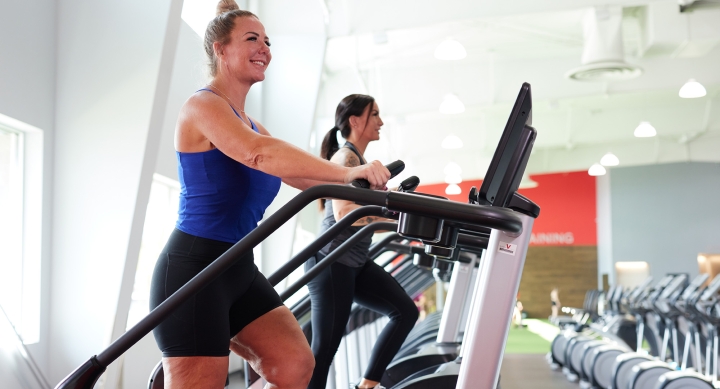What is proper running technique?
Running is one of the easiest and least expensive ways to improve your overall health. Resting heart rate, blood pressure, and body composition can all be positively impacted by incorporating running into your exercise routine.
While we all know how to run, running can be hard on the body if it’s done with poor technique. The impact of running on your feet, ankles, knees, and hips is 2.5 times your bodyweight, whereas the stress and impact of walking is half that. When this amount of force is combined with poor technique, injury could be just a few steps away.
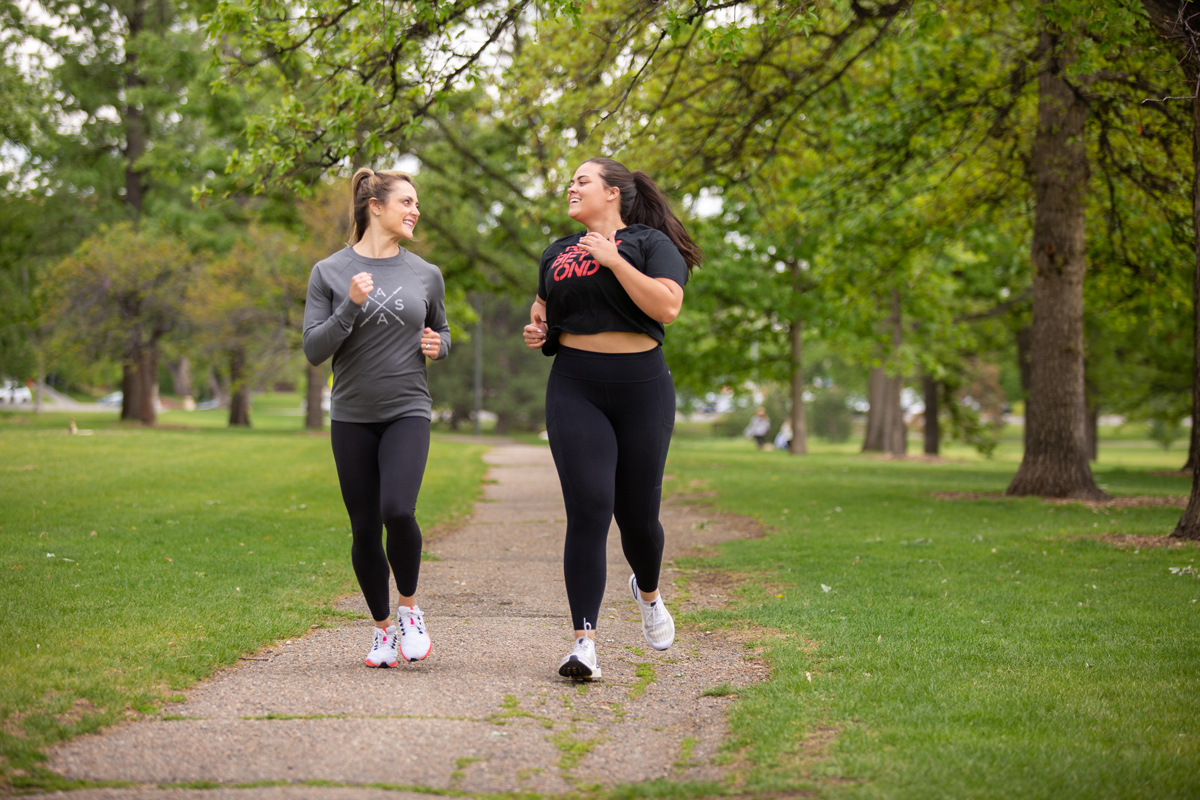
Good running technique may look slightly different for different body types, but there are a few common characteristics of proper form. Keep your back straight, look towards the horizon, engage your core, and keep your arms relaxed, swinging in a front to back motion. When you step, the ball or middle of your foot should hit the ground first. Then bring your heel towards your glutes and hamstrings, lift up the knee to draw the foot forward, and repeat the cycle, with the middle of your foot landing on the ground. You’ll get 1,800 to 2,000 steps in for each mile you run, so running with good technique is imperative to reducing your risk of injury.
Running with great technique is possible for everyone by following these simple tips:
- Get your stride right: Many new runners will strike the ground with their heel first, which is what we do when we walk. The big difference between walking and running is the amount of impact on your legs, which is significantly greater during running. Focus on striking the ball of your foot on the ground first, followed by the heel. This technique takes advantage of the spring-like function of the foot and avoids direct impact to the heel.
- Keep your feet moving: Quick feet increase stride frequency (how many times your feet hit the ground per minute) and reduce impact on the knees and hips. A long stride is usually slower and causes the heel to strike first, which acts like a brake to your speed and can cause injury due to increased force on the shin bone.
- Lean into it: A slight forward lean allows the body to create forward momentum with each step. Running upright can be the result of tight hip flexors, weak hamstrings, or a combination of the two. Think about keeping your shoulders over the foot that’s on the ground as you take each step.
- Hands and arms: Keeping your upper body relaxed will make breathing easier when you get tired. Swing the arm from the shoulder, rather than chopping onions from the elbow. Keep your elbows close to the side of your body and move them from front to back instead of side-to-side. Clenched shoulders reduce range of motion and will limit your arm swing, which is imperative for forward momentum and to maintain balance.
- Warm up before you run: Properly warming up can help prevent injury, reinforce proper technique, and loosen tight muscles. High knees are a great option because the step frequency is high and the knee drive is exaggerated, loosening the hips and enhancing smooth, quick strides once the run starts. You can also try heel flicks (also known as butt kicks), which will help with the end of your stride.
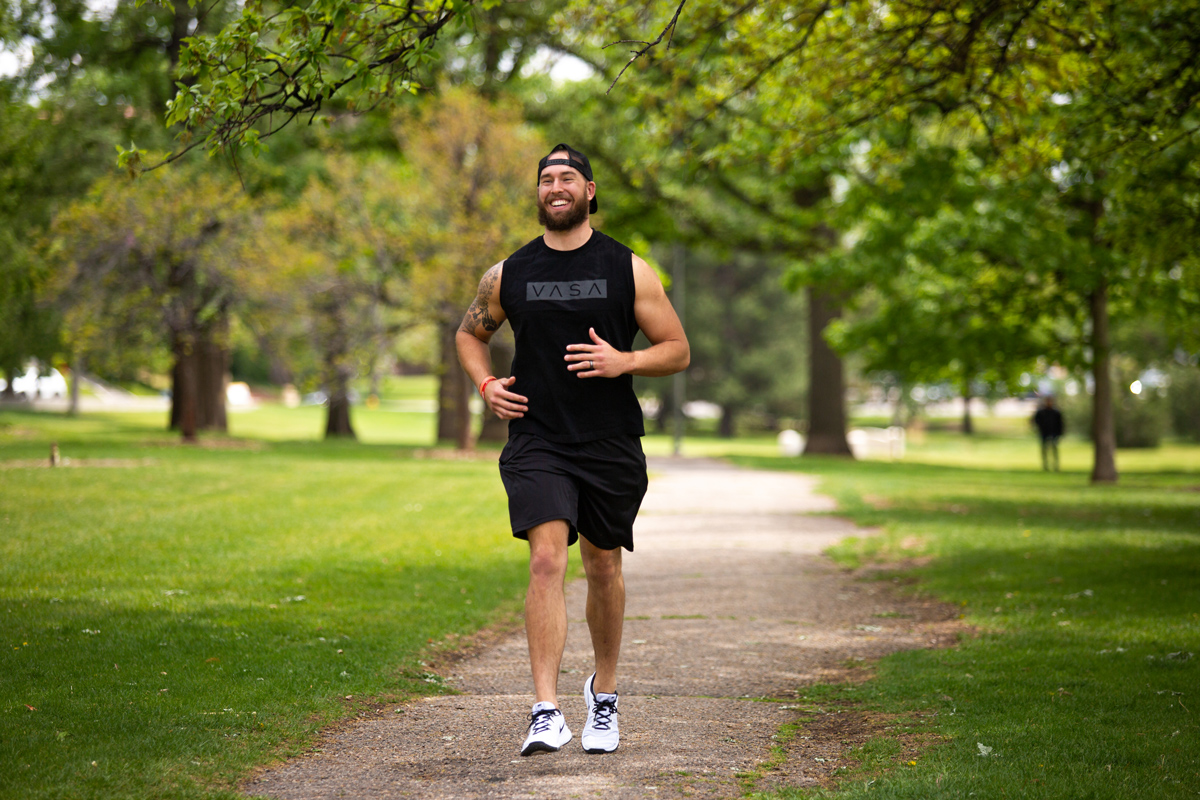
Running with proper technique will make your runs feel less challenging, improve speed, and help you increase distance. Combining your runs with strength and mobility training throughout the week will continue to enhance those results. Utilize VASA’s expansive cardio deck, free weights, and turf for a well-rounded training program. Other ways to cross-train include cycle classes, STUDIO RED HIIT classes, swimming, and yoga.
SUBSCRIBE TO OUR BLOG
Enter your email to start receiving our blog emails!
